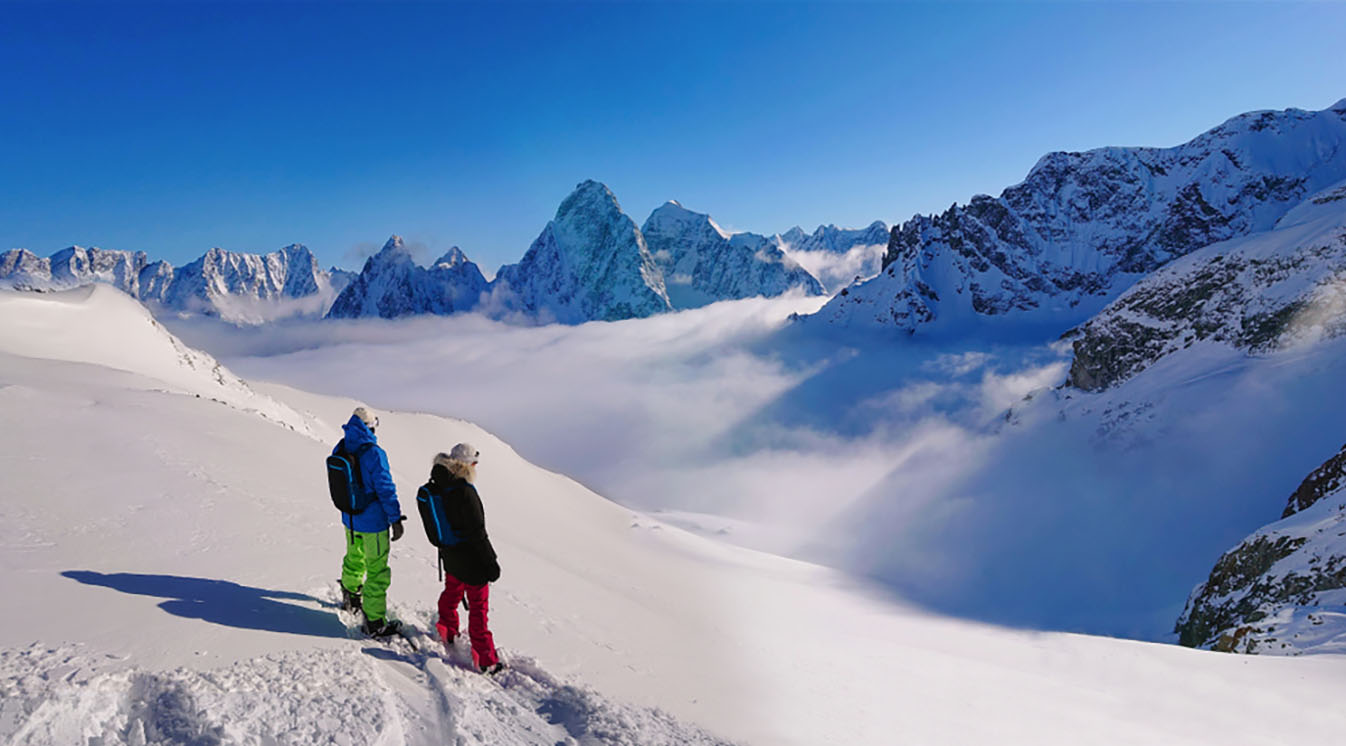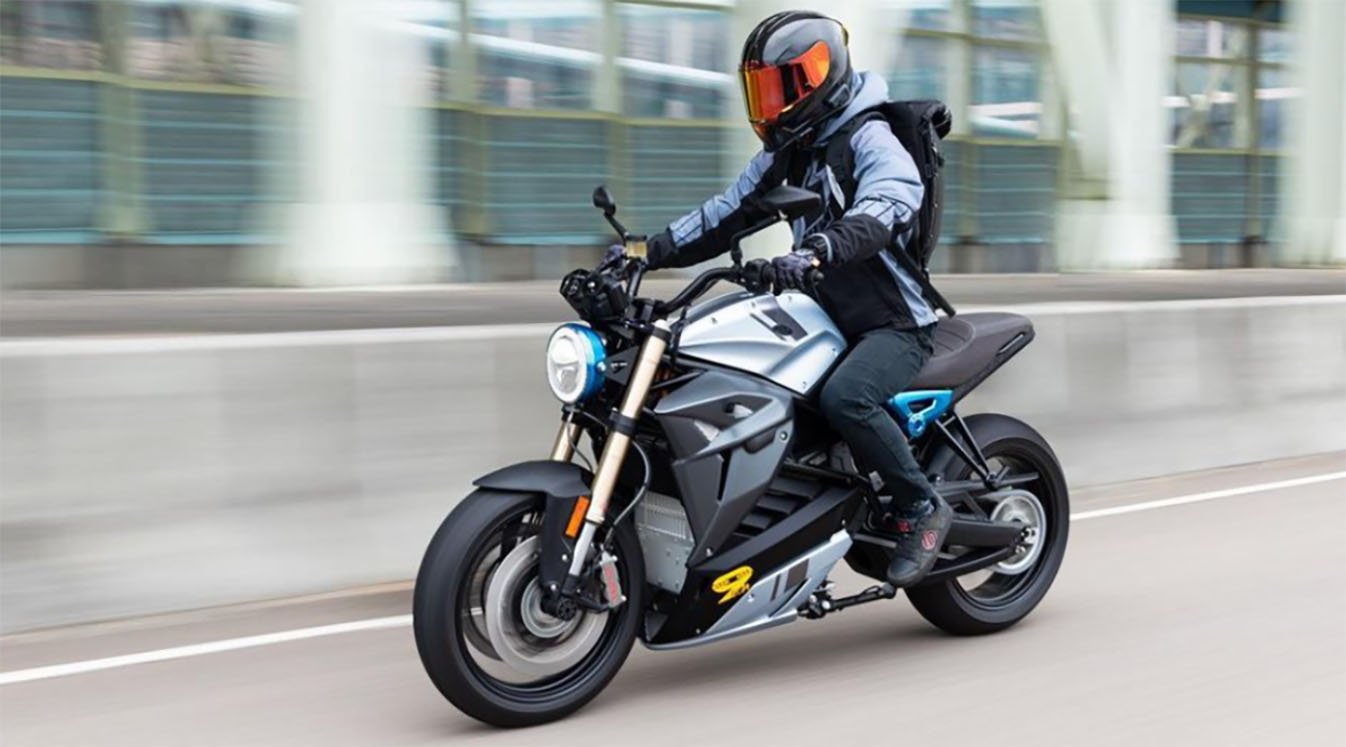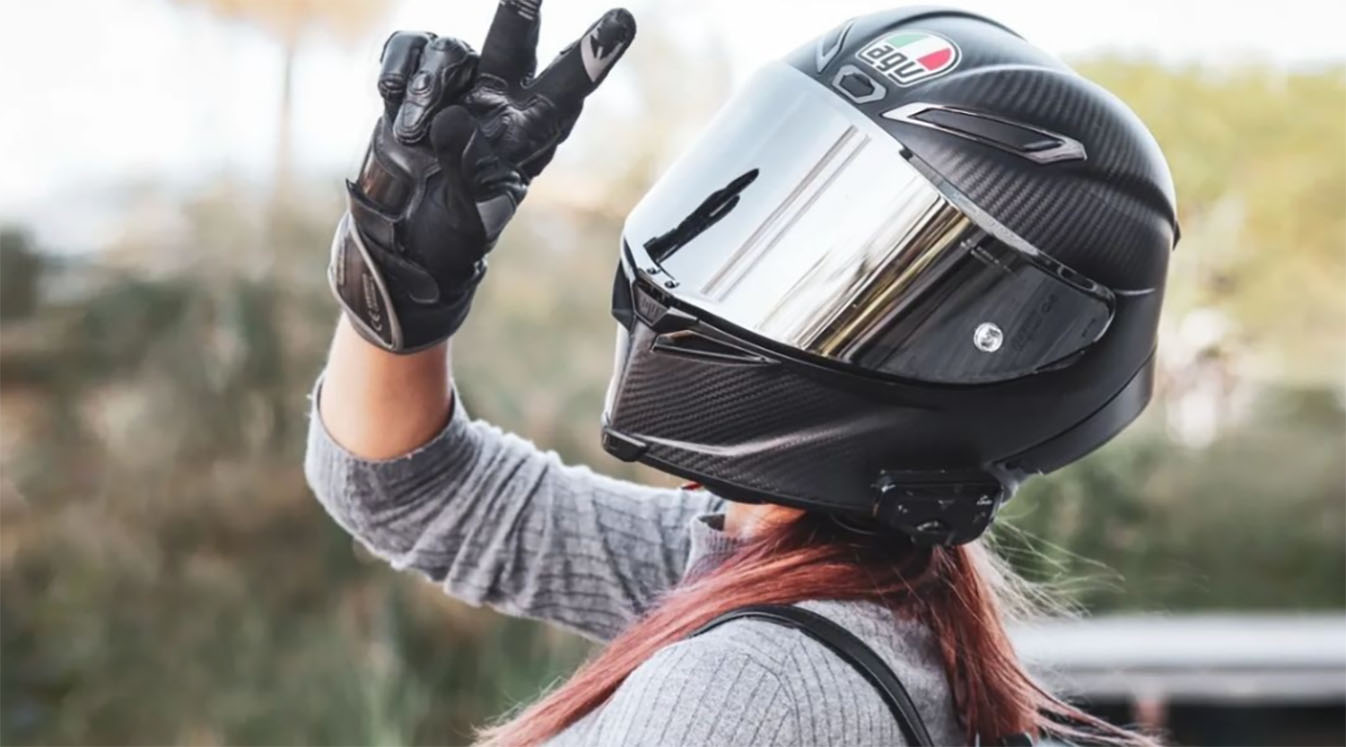Overall, you’ll need to learn how to navigate your new surroundings to ensure you get home safely. You can’t just catch the lift when you’re ready to call it quits. It’s important to bring along plenty of potentially life-saving equipment when searching out new hills to master. Use this backcountry snowboarding gear checklist to prepare for your trip.
Stay Connected with Snowboard Helmet Communication
Dress in Layers
It starts with wearing the proper outfit. You will likely be out in the cold for most of the day, so dress in layers that can be added or removed based on the temperature. It might get hot in the middle of the day, but your body temperature will drop dramatically by nightfall. The layer closest to your skin should be a moisture-wicking material, such as polyester, wool blends and other synthetic fabrics, that dry quickly when wet. Build out from there, with the outermost layer being completely waterproof. Your gloves should extend over your sleeves and your pants should wrap over your boots.
It’s important to note that snowboarding requires balance and precision. You should be able to move around freely in your outfit without exposing yourself to the elements. Most boarders prefer to wear a sleek waterproof bodysuit that’s designed for speed.
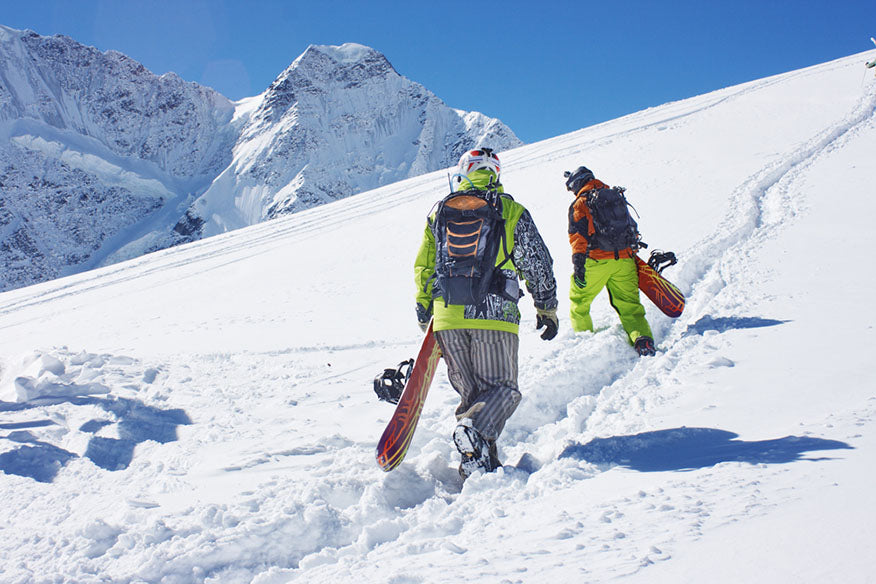
Source: Olena Rublenko/Shutterstock.com
Safety Gear
You need to wear all the required safety gear when snowboarding in unfamiliar areas. There’s always a risk you could fall on your way down the mountain. The trails aren’t maintained, which leaves little room for error. Do you need a helmet to snowboard? Yes, you should always wear a helmet when snowboarding — even in the backcountry — to protect your head from injury. Use goggles to block your eyes from the glare of the sun. Consider padding the area underneath the helmet to lock in the warmth.
It’s best to bring along a pack that can be worn on your person so you can carry around everything you need to stay safe. Keep a first-aid kit on hand in case you get injured. Everything in the kit should be up to date and in good condition.
Travel and Navigation
Most of the required gear is designed to help you get through the environment. Bring along a paper map of the area and plan your route ahead of time to keep tabs on your location. You can try using a GPS, but you might not have a signal in some areas. Use a compass to manually navigate the terrain.
Staying together is a top priority if you’re backcountry snowboarding with a group. Use a snowboard helmet communication device to connect with your group through a wireless hands-free intercom system that is independent of any cell network. It clips onto your helmet and uses high-quality speakers for a superior listening experience. You can even rock out to your favorite song on the slopes. Sign up for weather alerts and avalanche warnings to stay in the know. Keep the number for the local safety and rescue crew on hand in case of emergency.
Source: AnnaTamila/Shutterstock.com
As we mentioned before, staying with your group is crucial in the backcountry. There’s safety in numbers. Bring along a companion or two to help you navigate. You can watch out for one another as you take on new turns and hills. The communication device will automatically connect to your companions when in range, so you can keep the conversation going. You might also need flares, mirrors or a whistle to signal to one another if you fall out of range.
If the trail gets tricky, use a snow shovel to clear a path. It will also come in handy if you get caught in an avalanche. You can also use a slope meter to measure the descent’s angle to ensure it’s safe before heading down. Use a probe to check areas of snow that may be unstable to avoid getting stuck. Consider bringing along climbing gear if the trail is too steep to walk.
Discover How to Communicate While Skiing and Snowboarding Here
Once you have the proper gear, you can head off on the ultimate adventure and snowboard in areas most people can only dream of. Use these tips to stay safe and confident on your next backcountry trip.



